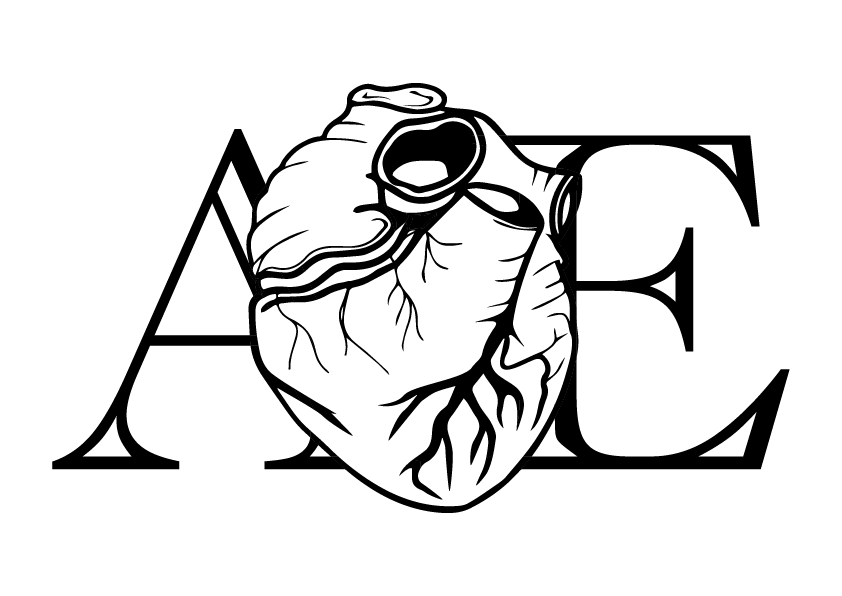Ablation of idiopathic premature ventricular contractions originating in the right ventricular outflow tract
Jose A Cabrera, David Gonzalez Casal , Adolfo Fontela , Nina Soto, Jorge González Panizo, Tomás Datino. Hospital Universitario Quirón-Salud & Complejo Hospitalario Ruber Juan Bravo, Madrid. Spain
Female of 36 year-old with frequent and symptomatic drug-refractory premature ventricular contractions (PVC). Non cardiovascular risk factor and absence of structural heart disease

The right ventricular outflow tract (RVOT) origin location of the PVCs was preliminarily judged according to the QRS morphology from the ECG (Figure 1). Then, the mapping-ablation catheter was pulled down along the septum of the RVOT from the upper to the lower positions using NavX navigation system for 3D anatomic orientation. The ventricle was fully captured and the morphology of the pacing ECG (pace mapping) was similar to the intrinsic PVCs (Figure 2)

Figure 3 shows the intracavitary signals, unipolar and bipolar electrograms at the earliest endocardial activation (successful site) in the subpulmonary infundibulum of the RVOT in anatomic relation with the left septoparietal trabeculations (SPT) (Video).

Anatomical correlates
By Cabrera & Sánchez-Quintana
The outflow tract regions of the right and left ventricles but also the great arteries is increasingly performed to treat a variety of common sites for idiopathic ventricular arrhythmias. The three-dimensional and regional anatomy of these structures is among the most complex of those encountered by cardiac electrophysiologists. Several ECG algorithms have been developed to identify the site of origin of ventricular premature contractions from right and left ventricular outflow tract based on the understanding of the complex attitudinal anatomical relationships, for example differenciating posterior regions of the RVOT from the right coronary cusp origin.

-
The right ventricle (RV) have been described as having three components: the inlet, apical trabecular, and outlet. The pulmonary infundibulum or conus is a tubular muscular structure that supports the leaflets of the pulmonary valve (PV). The right ventricular outflow tract (RVOT) is located anterior, superior and leftward relative to the LVOT (Figures 4-5) .
-
The RVOT is divided into 4 parts a) rightward (free wall), b) anterior c) leftward d) posterior (septal). The more distal portion of the RVOT is adjacent to the right coronary aortic sinus and part of the left coronary aortic sinus
-
The posterior or paraseptal supraventricicular crest separates the inlet and outlet component of the RV. The crest is in fact an infolding of the ventricular wall (ventriculo-infundibular fold) (Figures 5-6)

-
The septomarginal trabeculation (SMT) is a prominent Y-shaped muscular strap that bifurcates into anterosuperior and inferoposterior limbs. The body of the SMT extends to the apex of the RV, where it gives rise to the moderator band (MB) that incorporates the right AV bundle before entering the anterior papillary muscles (Figure 6).

-
The septoparietal trabeculations (SPT) originate from the anterior margin of SMT and run around parietal endocardial infundibulum along right and left septoparietal walls of the right ventricular outflow tract (RVOT. These trabeculations may vary in number from 5 to 2 trabeculations and thickness from 2 to10 mm (Figure 6).



